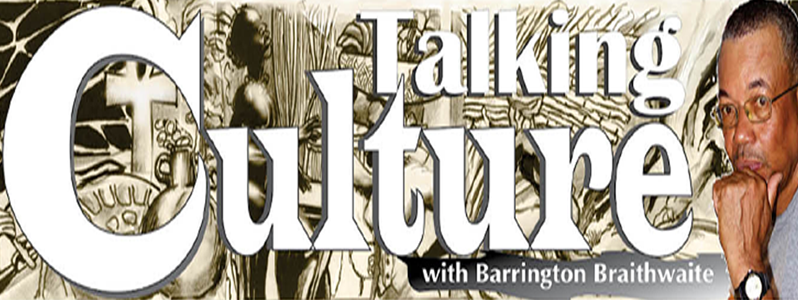AS we commemorate the 1823 non-violent slave insurrection, possibly the only non-violent mass slave protest known so far in New World history, we must explore what we have learnt from an anthropological position. Our only guide is investigating what we understand from history made known to us through historians, local and overseas. But we must further explore the footsteps of its main characters.
First, we must take the beginning of the misinformation and understand the legitimate anger against enslavement. And it must begin with Jack Gladstone and the woman he had once lived with, or was married to, Susanna, who was thrown out of Bethel Chapel after she became the companion of John Hamilton, manager of Le Ressouvenir Plantation. A conversation between Susanna and John Hamilton sowed the seeds of anxiety and freedom among men gifted enough to envision themselves beyond a continued existence of bondage.
It was possible that John Hamilton did not inform Susanna that he was fired from his post as manager of the plantation when they had the crucial exchange; he most likely told her that he was leaving, and had not been fired by the plantation’s attorney. But we do not know the details of the conversation, except for Susanna’s objective of the relationship with Hamilton that he made available. Susanna had implored Hamilton to buy her freedom and that of her children, to which Hamilton replied, “That would be like throwing money in the trench, since they all would soon be free.” That information was passed to Jack Gladstone a few days later. This was the seed planted towards the non-violent insurrection of 1823.
Rumours had begun. Jack did not rely on Susanna’s chat; he made his way to Georgetown to seek out Daniel, who worked for and was close to the Governor as his servant. Daniel warned Jack that he had seen a paper about how a rumour of freedom had started a foolish war in Barbados in 1816, and a great many lives were lost.
Jack’s impulses lay in the fact that he was talented, an artisan, and at times a teacher at Bethel Chapel. The rumour could not be separated from the legitimate passion to be free. The planter populations, except for a rare few, were a contemptible lot, existing on sustaining slavery towards wealth. Thus, it was logical for the planters to despise the Congregationalists, realising that the African enslaved found comparisons with the Biblical enslaved, and could then, even without the priests, analyse that it was possible that the plantocracy was capable of withholding or prolonging the finale of slavery, as was done in 1834, with an additional four years, under the mockery of so-called ‘Apprenticeship’.
All around Jack were in the majority; an immoral planter class. Thus, the enslaved planned their protest, with or without the further urgings of Hamilton, through Susanna, but these were Hamilton’s private schemes. Jack had no way of knowing if Hamilton really said what Susanna was relating. Every time Jack tried to see Hamilton, the manager was busy or out. But it was Susanna’s urgings that related the following method of not to wage war, but to seize the weapons and drive the Whites to town, and when the Governor came out to see the reason for it all, the slaves would come forward and speak out. If they were not “a parcel of cowards”, they would have had freedom already. Susanna added that Hamilton wished that the slaves would give him some time till the coffee harvest was over, so that he could sell his things. Hamilton most likely envisioned his final gratuity through this enslaved struggle. What part Susanna played, we can only presume. To be called a coward was not forgivable. Though Jack may have had reservations about the nature of the next step, he did hear the word coward again directed at him. This was a charged word among Africans. The matriarchal value in African culture permitted credence for Susanna’s opinion.
Warrior queens and female warriors were common. The error was that the enemy they were engaging shared no common familiarities regarding combat restraint on cultural principles of compromise engagement. As I mentioned before in an earlier article, the English army was devastated in their campaign to subdue Toussaint, thus, animosity and fear existed, and the protest was in its context, vulnerable. But it did hasten abolition. The savagery aroused condemnations in Britain.
In closing, I had crafted a script for the theatre or a graphic magazine named ‘Children of other Gods’ a few years ago. I could not help but place Susanna as a forefront character. I admired her tenacity on the question of freedom for herself and her children. She remains a symbol of what 1823 revolved around. Africans did not know the slavery they faced in the Americas in Africa. Their memories and stories told were of a different world. Susanna captures the desperation at all costs to shape this new world into a place she could empathise with, beyond its slavery.



.jpg)








